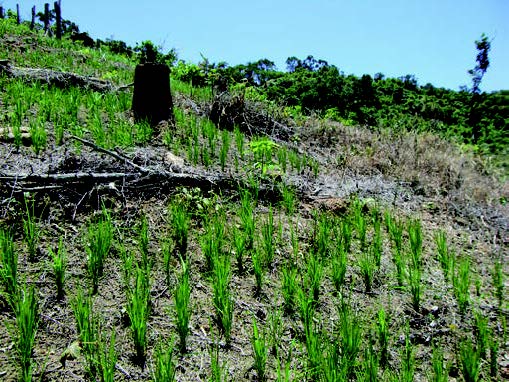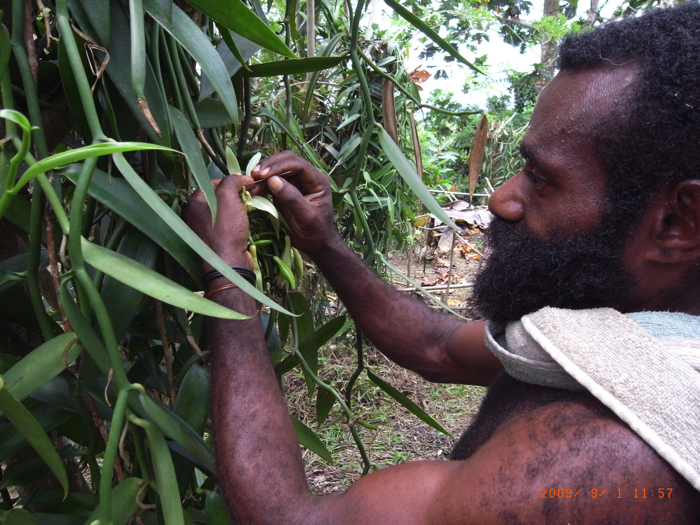- Project Leader : Umezaki Masahiro (Graduate School of Medicine, The University of Tokyo)
- Collaborators : Okubo Satoru (Graduate School of Agriculture and Life Sciences, The University of Tokyo)
- : Tomita Shinsuke (Graduate School of Agriculture and Life Sciences, The University of Tokyo)
- : Kono Yasuyuki (Center for Southeast Asian Studies, Kyoto University)
- : Nakaya Tomoki (College of Letters, Ritsumeikan University)
- : Nishitani Masaru (Archaeology Division, National Museum of Japanese History)
- : Furusawa Takuro (Network for Education and Research on Asia, The University of Tokyo)
- : Hoshikawa Keisuke (Center for Integrated Area Studies, Kyoto University)
- : Kozan Osamu (Center for Southeast Asian Studies, Kyoto University)
Outline of Research
Newly-developed remote sensing techniques (i.e., object-based classification on the basis of GRAPH theory, texture analyses, and simple ways to remove terrain effects on satellite images) will be investigated for usefulness in field studies in Southeast Asia. In occasional workshops, project members will compile longitudinal land use data to clarify the structures of causes that have triggered land use change in the region. We also plan to organize fieldwork for a better exchange of ideas and problems.
Description
Despite the importance of analyzing spatial patterns of resource uses in regional studies, they have not been fully studied due to the lack of methodology suitable for fieldwork. The present study aims at establishing fieldwork-friendly methodologies of land use/land cover analyses. Object-based classification (on the basis of GRAPH theory), texture analyses, and simple ways to remove terrain effects on satellite images will be investigated for usefulness in the field. By inviting researchers who have long experience of field work in Southeast Asian countries, land use patterns and their longitudinal changing patterns will be compiled. The final goal will be to clarify structures of causes that have triggered land use change in Southeast Asian countries.



